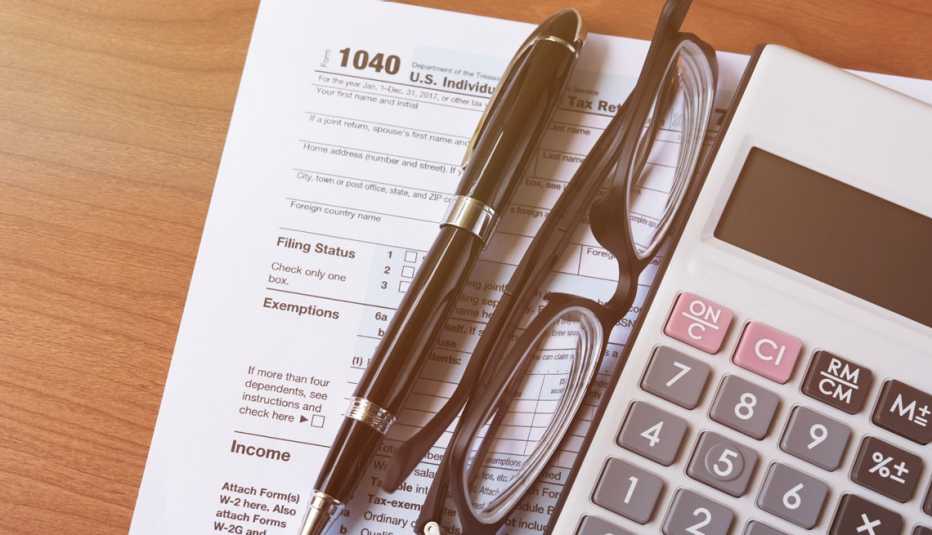Staying Fit
After a disaster hits your area, dealing with damage to your home and property, and even the loss of a loved one or pet, will be all-consuming, devastating and draining. Filing your tax return or making estimated payments can be one more hassle to add to the heartache.
The Internal Revenue Service (IRS) recognizes the burden on taxpayers in disaster zones and offers assistance in various ways.
“Bad things happen to us. However, the tax code can be there to help,” says Larry Pon, a CPA in Redwood Shores, California, whose clients have been impacted by wildfires.


AARP Membership— $12 for your first year when you sign up for Automatic Renewal
Get instant access to members-only products and hundreds of discounts, a free second membership, and a subscription to AARP the Magazine.
We talked to tax and accounting experts about things to know, from a tax standpoint, if you are navigating the aftermath of a natural disaster such as a hurricane, tornado, wildfire or flood.
Receive more time to file a return
The IRS provides filing deadline extensions, technically called postponements, for affected taxpayers. The length of the grace period can vary but is usually several months. “Any individual or business with an address of record in the disaster area automatically qualifies,” says Eric Smith, IRS spokesman. “Most returns and payments are eligible for this relief, penalty-free and interest-free.”
Pon notes that there is no special paperwork to receive an extension; your zip code on your tax return is essentially proof. He suggested putting a note at the top of a paper return, or adding a note on an electronic filing, that you are taking advantage of a filing extension, but such a note is not required. If you receive a penalty notice from the IRS that you didn’t file in time, you can reply that you were in a designated disaster zone, Pon added.
It is important to check the IRS guidance for the new due date to file, notes Ed Kaminski, a CPA in Houston with clients impacted by hurricanes and floods. The IRS provides recent disaster relief information on its Disaster Assistance and Emergency Relief for Individuals and Businesses webpage. The IRS also has a disaster hotline: 866-562-5227.
You also can receive an extension to file if your tax preparer is in a designated disaster zone and unable to work on your return, noted Pon.
Other tax-related deadlines may be extended too. For example, if a disaster extends the April filing deadline for affected taxpayers, it also extends the cutoff for IRA contributions.
Pon advises checking the IRS notice to ensure you qualify for relief. “Don’t just make the assumption,” he says. The IRS publishes a web page that lists the areas affected by federal declared emergencies.
Claim losses not covered by insurance
Generally, you can deduct any losses beyond the reimbursement you receive from your insurance company. Losses are limited to the lesser of the cost or the fair market value of the item, said Kaminski. He gave the example of a piece of art bought for $1,000 but now worth $10,000; only the $1,000 cost can be claimed as a loss.
If you were responsible for a deductible when making a car or homeowners insurance claim, the deductible amount qualifies as a loss for your tax return because it was not covered by insurance.





































































